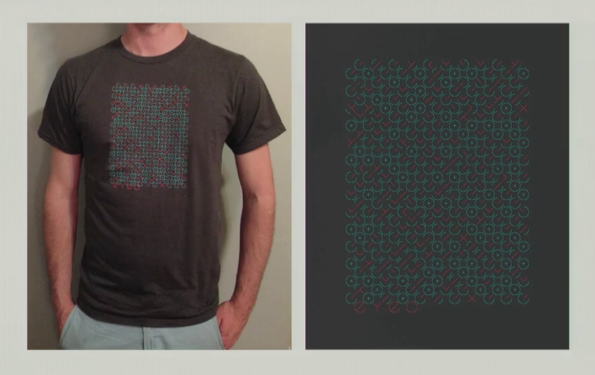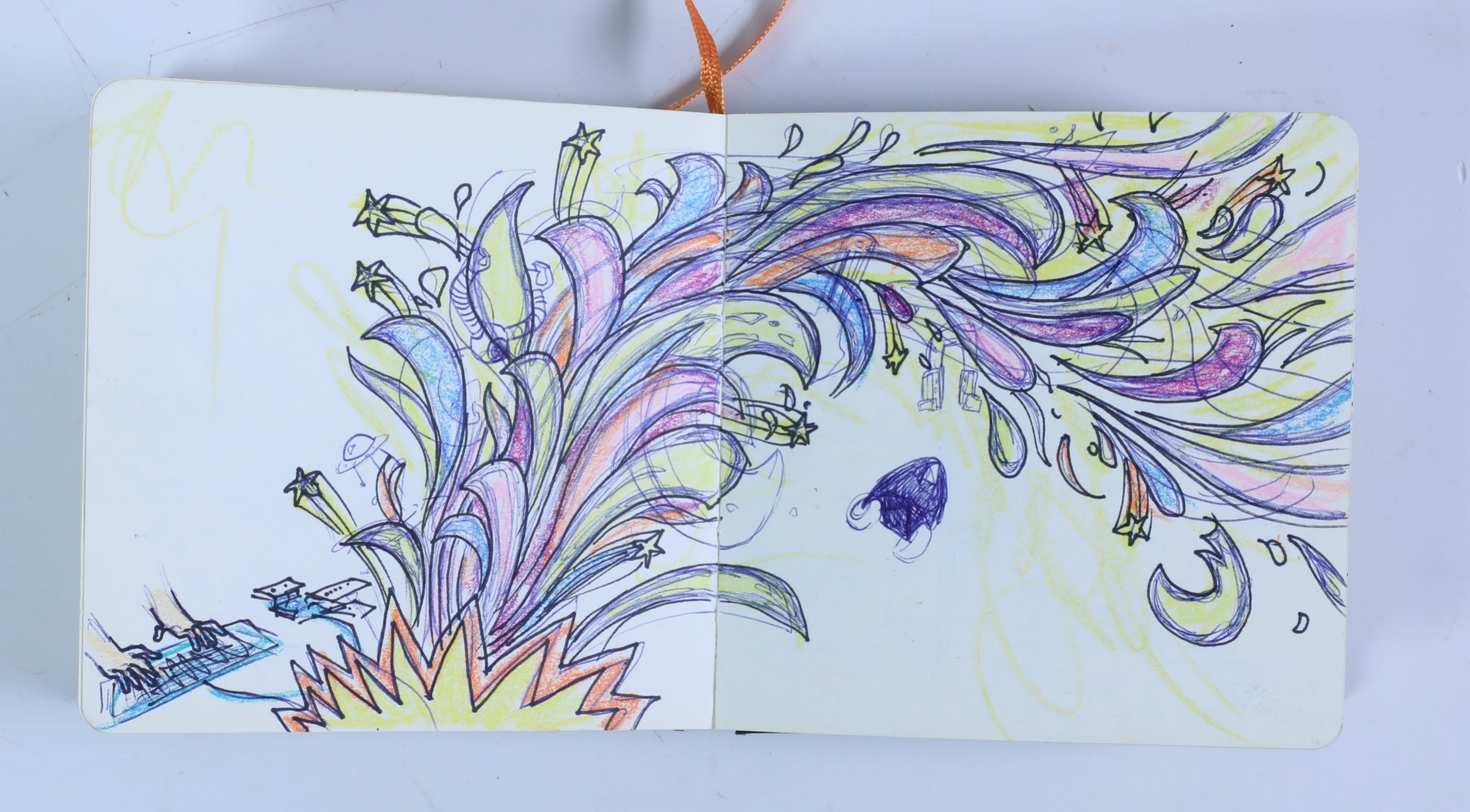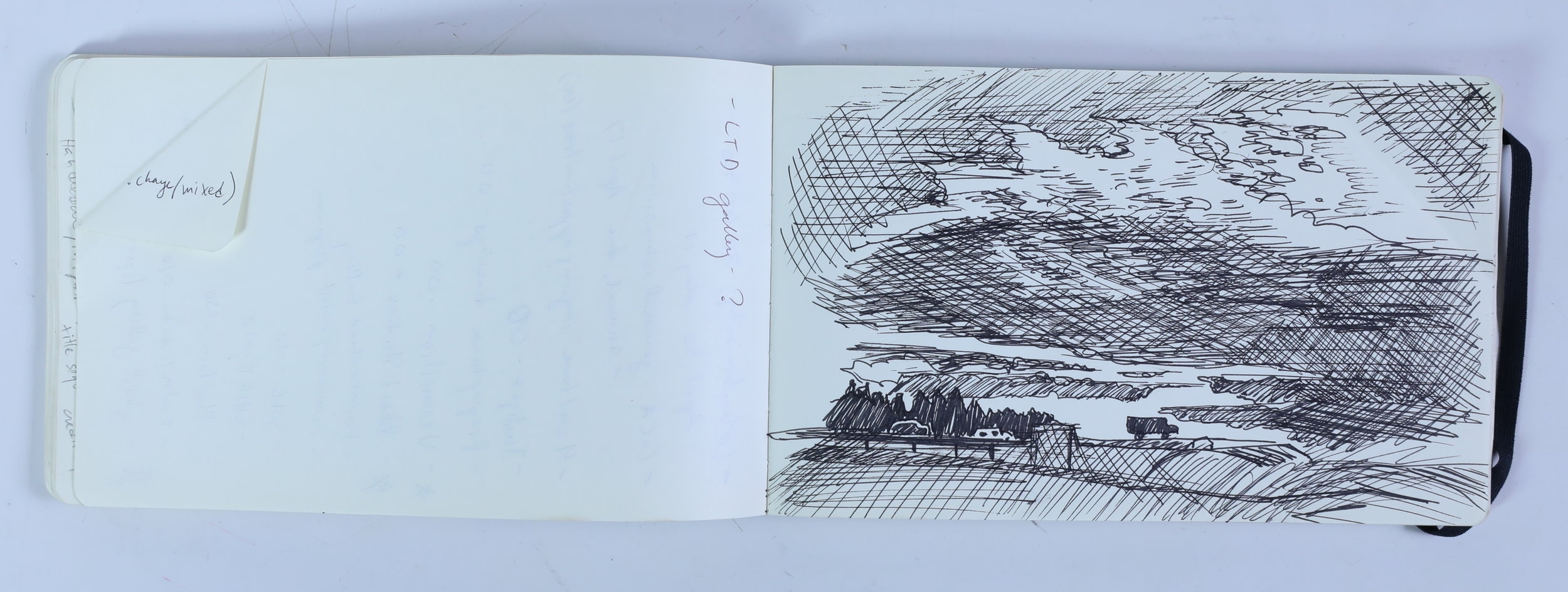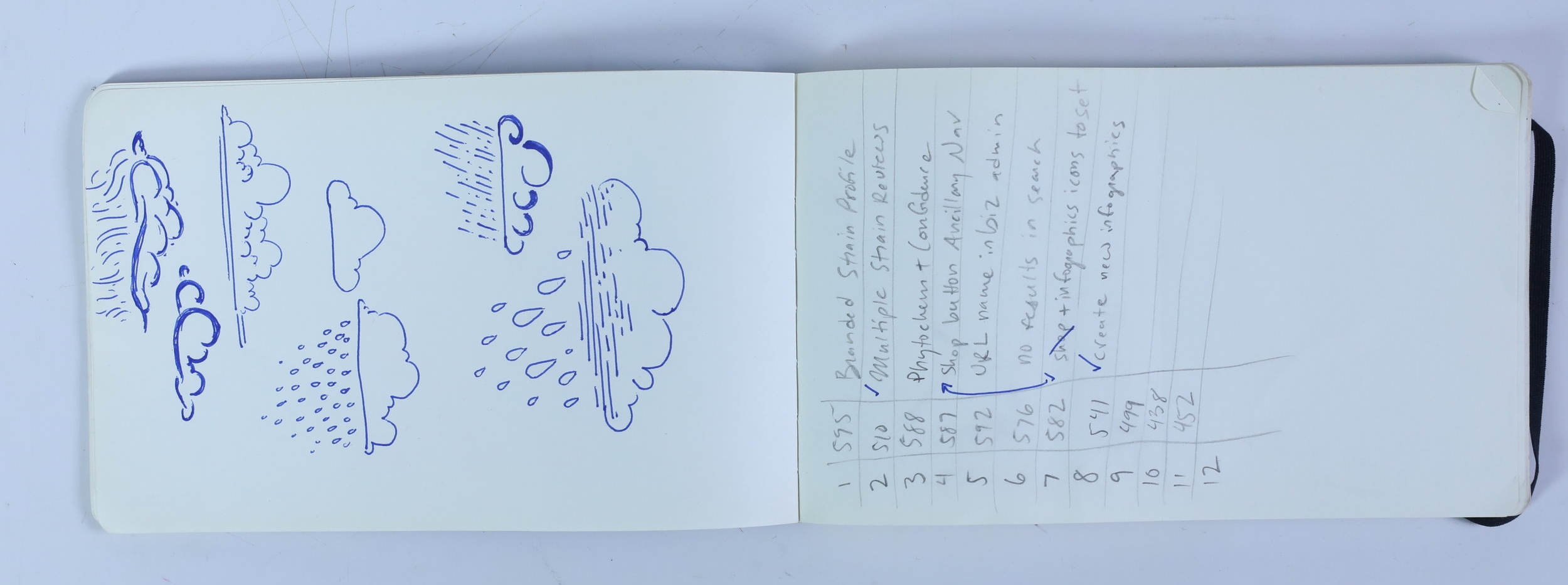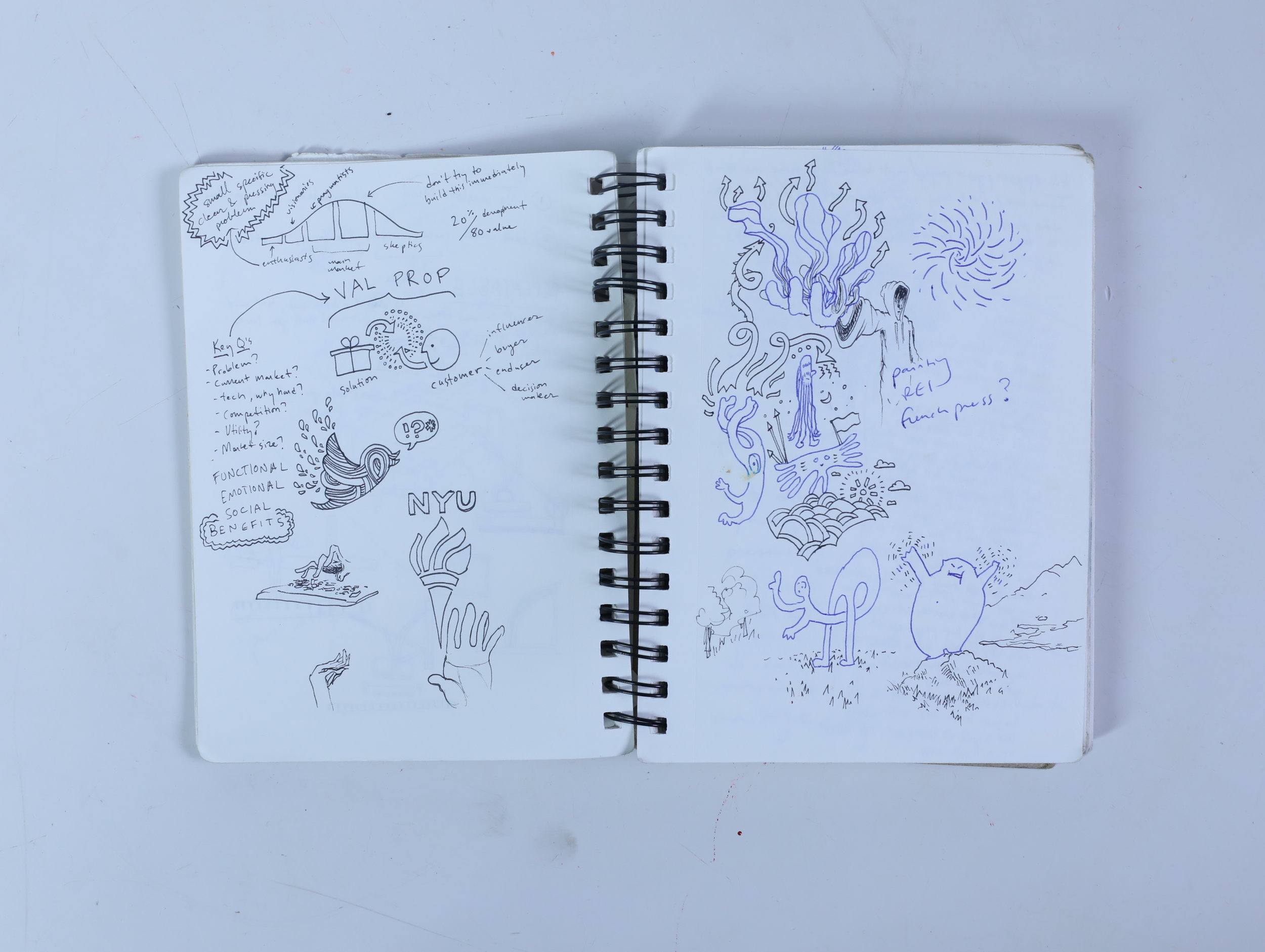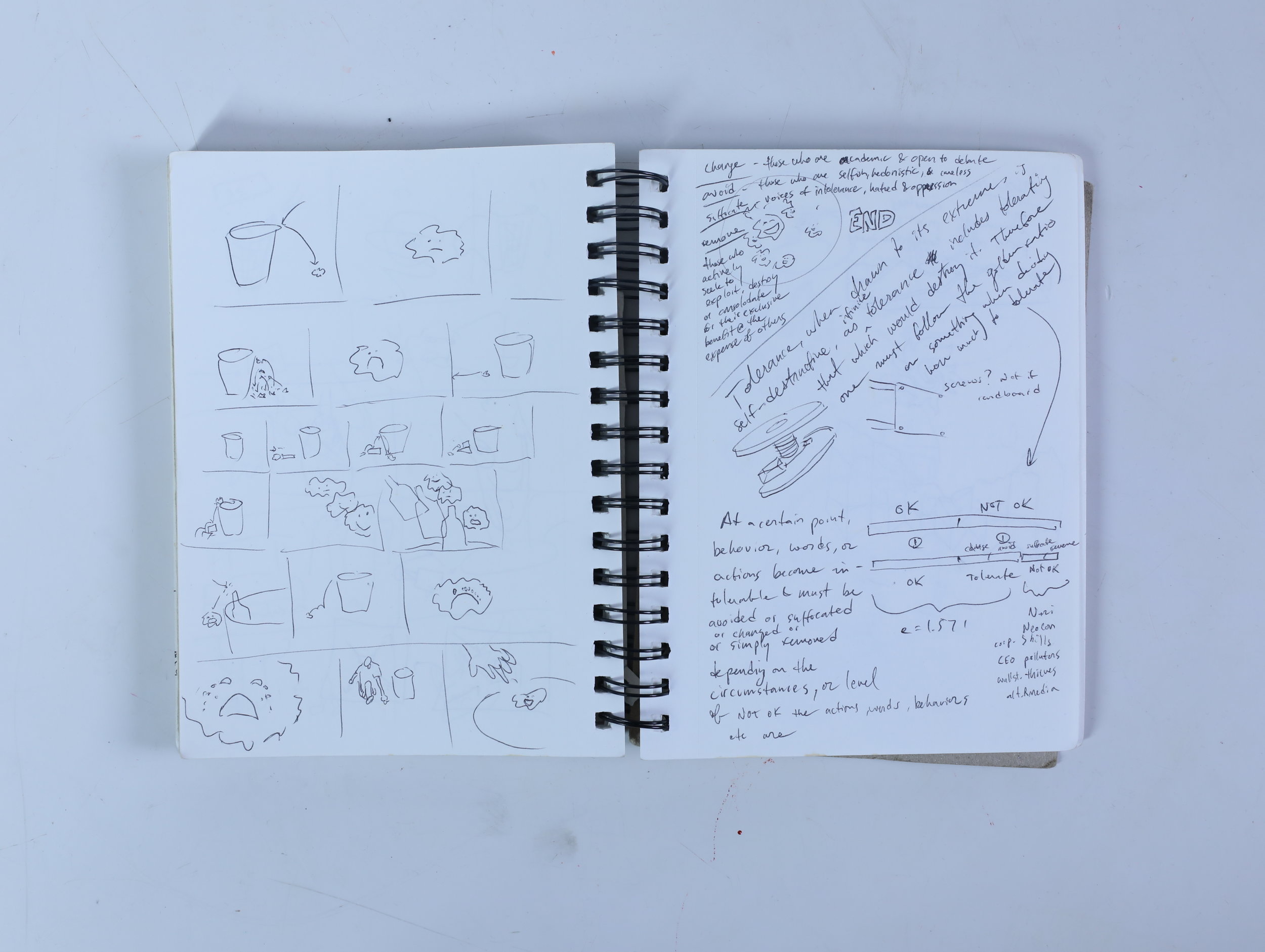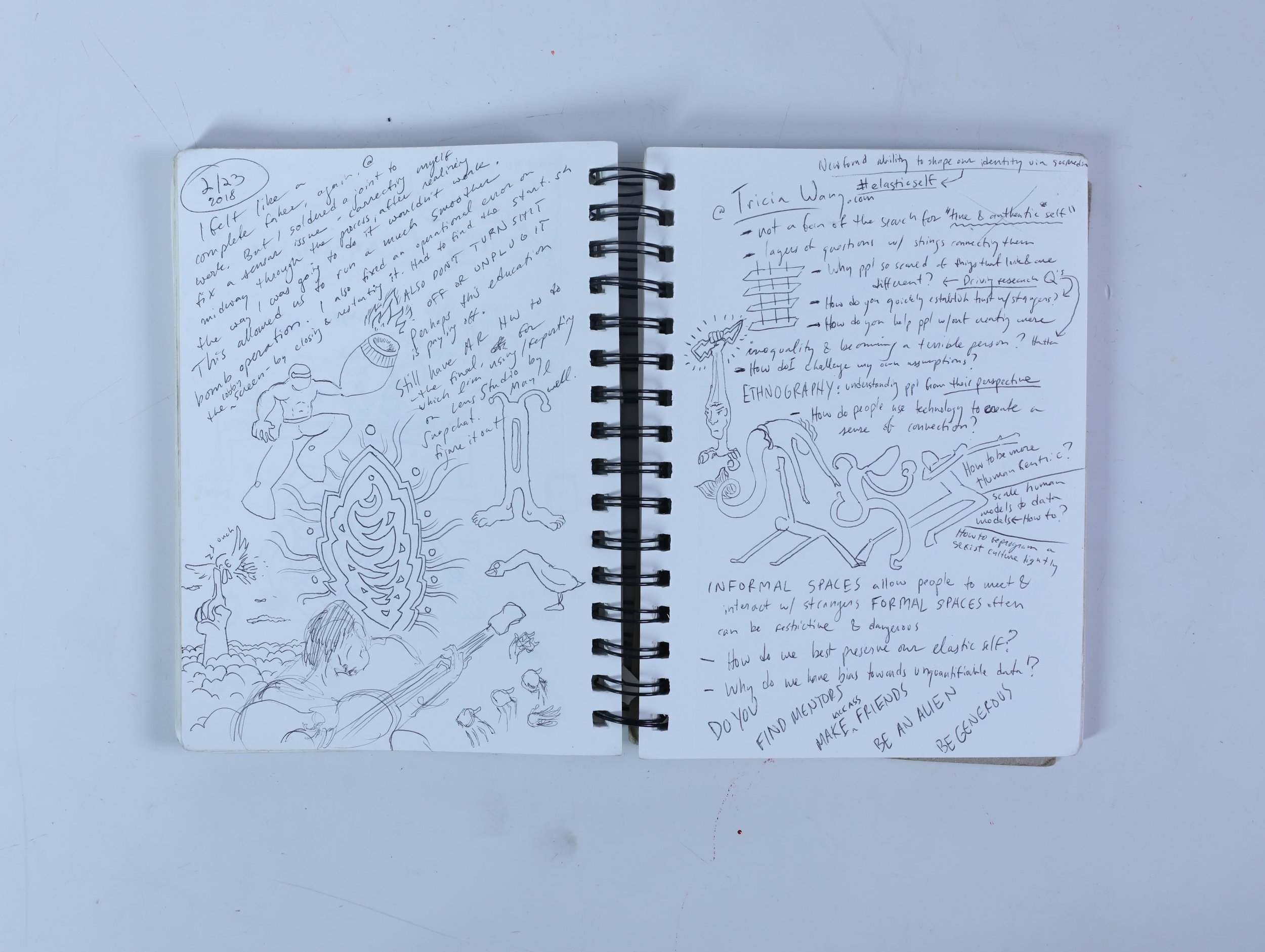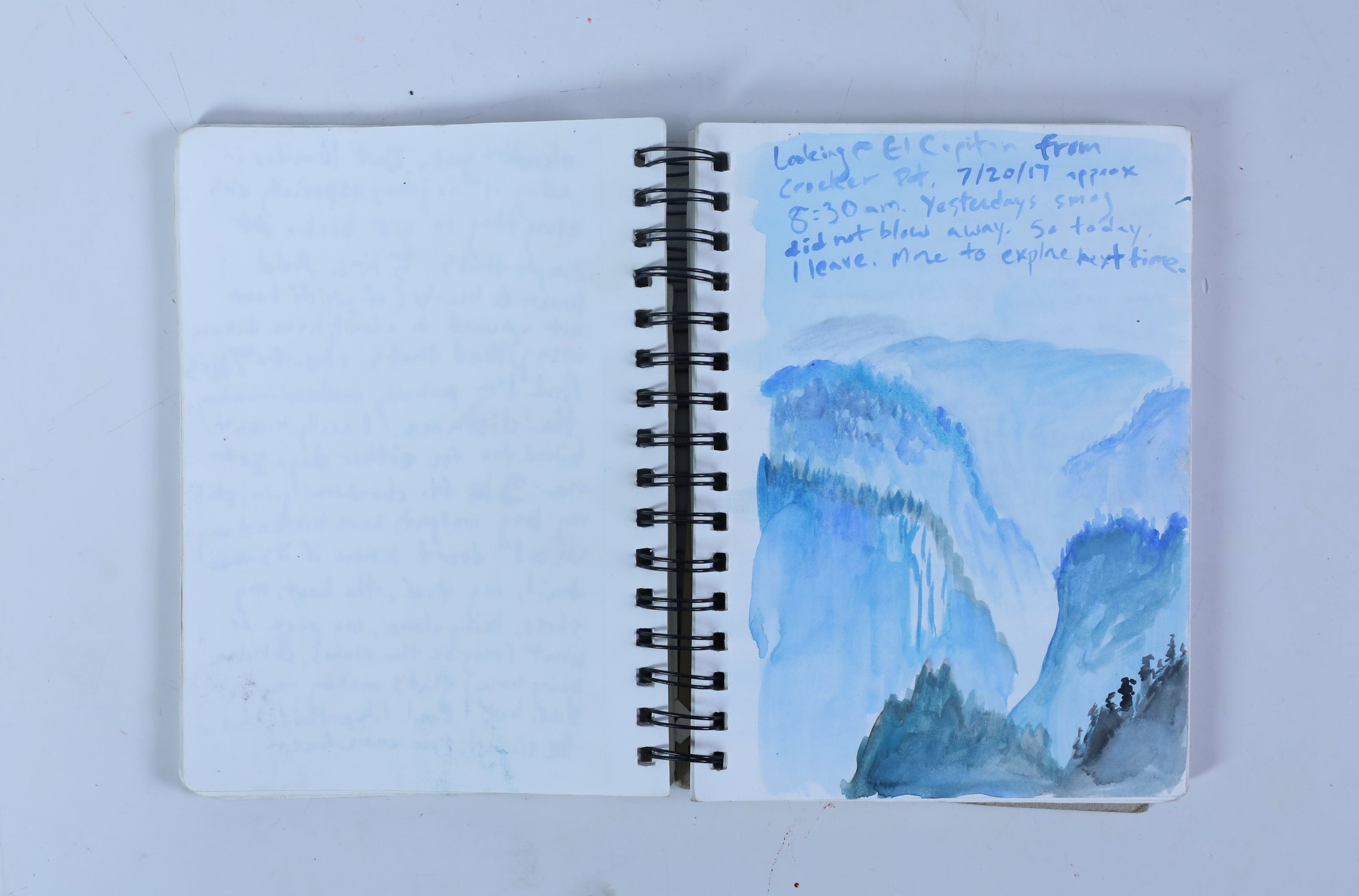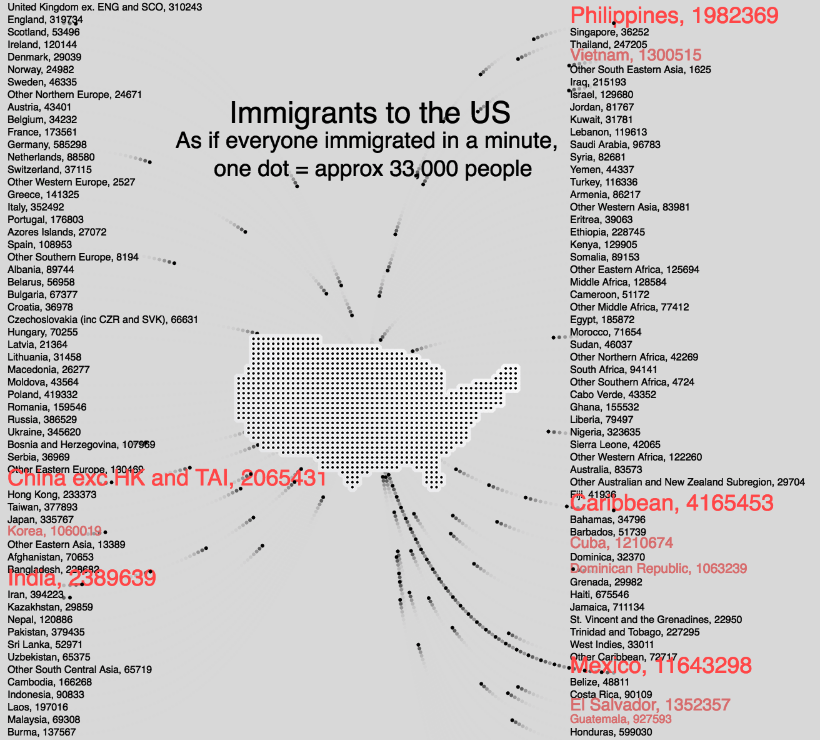var tnbData;
var tWords = [];
var bWords = [];
var tVals = [];
var bVals = [];
function preload() {
tnbData = loadJSON("tnb.json")
}
function setup() {
createCanvas(500,500);
background(20);
textSize(7);
textAlign(CENTER);
noStroke();
makeDicts();
firstChars();
pushChars();
TrumpLines();
ObamaLines();
showWords();
count()
}
function showWords() {
setInterval(function(){
var bI = int(random(bWords.length))+1
var tI = int(random(tWords.length))+1
var bWord = bWords[bI]
var tWord = tWords[tI]
push()
fill(20)
rect(0,0,500,100)
textSize(40)
textAlign(LEFT)
fill(80,130,255,120)
text(bWord,10,50)
fill(255,50,150,120)
text(tWord,10,90)
pop();
}, 2000);
}
function htmlElements(){
let obamaTitle = createElement('h1', "OBAMA Words")
for(var i = 0; i< bWords.length; i++) {
let p = createElement('p', bWords[i],10)
}
let trumpTitle = createElement('h1', "TRUMP Words")
for(var i = 0; i< tWords.length; i++) {
let p = createElement('p', tWords[i],10)
}
}
var baseline = 320;
var xOff = 25;
function ObamaLines(){
var heightPrev;
var xposPrev;
for(var i = 0; i< bVals.length; i++) {
fill(80,130,255,40)
var xpos = (i * 15) + xOff
var height = bVals[i]*(-3)
rect(xpos, baseline, 10, height)
fill(80,130,255,180)
text(bVals[i],xpos+5,baseline+10)
if(i>0){
stroke(80,130,255,180)
strokeWeight(4)
line(xpos+5,height+baseline,xposPrev+5,heightPrev+baseline)
noStroke()
}
heightPrev = height
xposPrev = xpos
}
}
function TrumpLines(){
var heightPrev;
var xposPrev;
for(var i = 0; i< tVals.length; i++) {
fill(255,50,100,40)
var xpos = (i * 15) + xOff
var height = tVals[i]*(-3)
rect(xpos, baseline, 10, height)
fill(255,50,100,180)
text(tVals[i],xpos+5, baseline+20)
if(i>0){
stroke(255,50,100,180)
strokeWeight(4)
line(xpos+5,height+baseline,xposPrev+5,heightPrev+baseline)
noStroke()
}
heightPrev = height
xposPrev = xpos
}
}
function makeDicts(){
for (var i = 0; i < 435; i++) {
if (i < 285) {
tWords.push(tnbData[i].TRUMP)
}
bWords.push(tnbData[i].OBAMA)
}
var dict = ['A','B','C','D','E','F','G','H','I','J','K','L','M','N','O','P','Q','R','S','T','U','V','W','X','Y','Z']
dict.forEach(function (letter,i){
var xPos = (i * 15) + xOff+5
fill(200)
text(letter,xPos, baseline+30)
})
}
function firstChars(){
tWords.forEach(function(word) {
var string = word.toString();
var firstchar = string.charAt(0);
tIfs(firstchar)
})
bWords.forEach(function(word) {
var string = word.toString();
var firstchar = string.charAt(0);
bIfs(firstchar);
})
}
var bA=0
var bB=0
var bC=0
var bD=0
var bE=0
var bF=0
var bG=0
var bH=0
var bF=0
var bG=0
var bH=0
var bI=0
var bJ=0
var bK=0
var bL=0
var bM=0
var bN=0
var bO=0
var bP=0
var bQ=0
var bR=0
var bS=0
var bT=0
var bU=0
var bV=0
var bW=0
var bX=0
var bY=0
var bZ=0
var tA = 0
var tB = 0
var tC = 0
var tD = 0
var tE = 0
var tF = 0
var tG = 0
var tH = 0
var tF = 0
var tG = 0
var tH = 0
var tI = 0
var tJ = 0
var tK = 0
var tL = 0
var tM = 0
var tN = 0
var tO = 0
var tP = 0
var tQ = 0
var tR = 0
var tS = 0
var tT = 0
var tU = 0
var tV = 0
var tW = 0
var tX = 0
var tY = 0
var tZ = 0
function tIfs (firstchar){
if (firstchar == 'A'){
tA +=1
}
if (firstchar == 'B'){
tB +=1
}
if (firstchar == 'C'){
tC +=1
}
if (firstchar == 'D'){
tD +=1
}
if (firstchar == 'E'){
tE +=1
}
if (firstchar == 'F'){
tF +=1
}
if (firstchar == 'G'){
tG +=1
}
if (firstchar == 'H'){
tH +=1
}
if (firstchar == 'I'){
tI +=1
}
if (firstchar == 'J'){
tJ +=1
}
if (firstchar == 'K'){
tK +=1
}
if (firstchar == 'L'){
tL +=1
}
if (firstchar == 'M'){
tM +=1
}
if (firstchar == 'N'){
tN +=1
}
if (firstchar == 'O'){
tO +=1
}
if (firstchar == 'P'){
tP +=1
}
if (firstchar == 'Q'){
tQ +=1
}
if (firstchar == 'R'){
tR +=1
}
if (firstchar == 'S'){
tS +=1
}
if (firstchar == 'T'){
tT +=1
}
if (firstchar == 'U'){
tU +=1
}
if (firstchar == 'V'){
tV +=1
}
if (firstchar == 'W'){
tW +=1
}
if (firstchar == 'X'){
tX +=1
}
if (firstchar == 'Y'){
tY +=1
}
if (firstchar == 'Z'){
tZ +=1
}
}
function bIfs(firstchar){
if (firstchar == 'A'){
bA +=1
}
if (firstchar == 'B'){
bB +=1
}
if (firstchar == 'C'){
bC +=1
}
if (firstchar == 'D'){
bD +=1
}
if (firstchar == 'E'){
bE +=1
}
if (firstchar == 'F'){
bF +=1
}
if (firstchar == 'G'){
bG +=1
}
if (firstchar == 'H'){
bH +=1
}
if (firstchar == 'I'){
bI +=1
}
if (firstchar == 'J'){
bJ +=1
}
if (firstchar == 'K'){
bK +=1
}
if (firstchar == 'L'){
bL +=1
}
if (firstchar == 'M'){
bM +=1
}
if (firstchar == 'N'){
bN +=1
}
if (firstchar == 'O'){
bO +=1
}
if (firstchar == 'P'){
bP +=1
}
if (firstchar == 'Q'){
bQ +=1
}
if (firstchar == 'R'){
bR +=1
}
if (firstchar == 'S'){
bS +=1
}
if (firstchar == 'T'){
bT +=1
}
if (firstchar == 'U'){
bU +=1
}
if (firstchar == 'V'){
bV +=1
}
if (firstchar == 'W'){
bW +=1
}
if (firstchar == 'X'){
bX +=1
}
if (firstchar == 'Y'){
bY +=1
}
if (firstchar == 'Z'){
bZ +=1
}
}
function pushChars(){
tVals.push(tA)
tVals.push(tB)
tVals.push(tC)
tVals.push(tD)
tVals.push(tE)
tVals.push(tF)
tVals.push(tG)
tVals.push(tH)
tVals.push(tI)
tVals.push(tJ)
tVals.push(tK)
tVals.push(tL)
tVals.push(tM)
tVals.push(tN)
tVals.push(tO)
tVals.push(tP)
tVals.push(tQ)
tVals.push(tR)
tVals.push(tS)
tVals.push(tT)
tVals.push(tU)
tVals.push(tV)
tVals.push(tW)
tVals.push(tX)
tVals.push(tY)
tVals.push(tZ)
bVals.push(bA)
bVals.push(bB)
bVals.push(bC)
bVals.push(bD)
bVals.push(bE)
bVals.push(bF)
bVals.push(bG)
bVals.push(bH)
bVals.push(bI)
bVals.push(bJ)
bVals.push(bK)
bVals.push(bL)
bVals.push(bM)
bVals.push(bN)
bVals.push(bO)
bVals.push(bP)
bVals.push(bQ)
bVals.push(bR)
bVals.push(bS)
bVals.push(bT)
bVals.push(bU)
bVals.push(bV)
bVals.push(bW)
bVals.push(bX)
bVals.push(bY)
bVals.push(bZ)
}
function count() {
var tAmount = tWords.length
var bAmount = bWords.length
var tVal = tAmount.toString()
var bVal = bAmount.toString()
fill(255,50,150,120)
textSize(24)
text (tAmount,450,baseline + 20)
fill(80,130,255,120)
text(bAmount,450,baseline)
}













